In the 15th century, Venetian explorer Niccolò de’ Conti coined the phrase “The Italian of the East” for Telugu, captivated by its melody and rhythm. He famously asked, “Is this language or music?”
Tl;dr Four Reasons Why Telugu is So Poetic:
- Vowel-Endings: Nearly every word in Telugu ends with a vowel, making it rhythmically pleasing and easy to rhyme.
- Vowel Harmony: Telugu’s phonetic structure ensures that vowels are adjusted for a more aesthetically pleasing flow, creating a melodic cadence.
- Verb Flexibility: Telugu verbs can take on thousands of forms from a single root (e.g., choodu becomes choosaanu, choosthunnanu, choosindi), allowing for nuanced expression and sound variation.
- Sanskrit, Prakrit, and Dravidian Influence: The layering of these linguistic traditions adds depth and variety to Telugu, enriching its poetic and musical capabilities.
See more detail after the jump.
1. A Language of Vowels
Telugu, known as the “Achuntu” or “language of vowels,” has a structure where nearly all words end in vowels, similar to the Italian language. Take the Telugu words illu (house), cheyi (hand), and puli (tiger). The consistent vowel-ending in these words makes them flow seamlessly into conversations and songs. This pattern, combined with vowel harmony, gives Telugu a unique rhythm that is distinctly musical. Words often transition smoothly without abrupt consonantal stops, enhancing the overall melodic feel.
2. Vowel Harmony
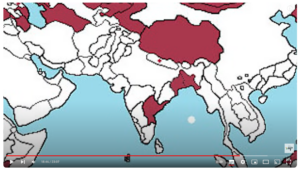
This is reminiscent of another Indian language, Bengali, where vowels in words are fine-tuned to ensure smooth transitions in sound. Bengali, similarly celebrated for its sweetness, also emphasizes harmonious sound patterns, although Telugu’s emphasis on verb transformation makes it more flexible.
3. Verb Flexibility
Similarly, the verb transformation system allows flexibility, where from a root verb like choodu (to see), you can derive hundreds of forms like choosthunnanu (I am seeing), choosindi (it was seen), and choosaanu (I saw). This flexibility allows a speaker to play with sounds and rhythm, transforming the language into something that sounds like a musical composition (in the video above there are some phenomenal examples of the poetic, prose and rap culture in the Telugu language sphere, which I haven’t referenced here).
4. Deep Historical and Cultural Influence
Telugu’s phonetic beauty is a result of its long linguistic evolution, drawing heavily from Sanskrit and Prakrit.
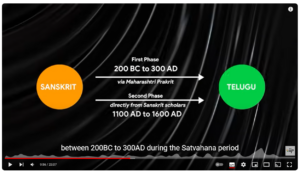
These influences are reflected in words like gurinchi (about) and pilicheeyanu (I call), where the Sanskrit and Dravidian layers blend to create a rhythmic and melodic quality.
The word gurinchi (about), for example, shows its Sanskritic roots (gṛhītam), while retaining the inherent “dancing vowels” of Telugu.
Dialectical Variations with Sonorosity
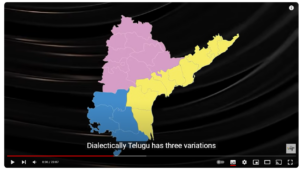
In Telangana Telugu, for instance, you hear words like nenu (I) and meeru (you) paired with Urdu borrowings like adab (greeting), which adds a distinct flavor to the dialect, maintaining lightness through soft, vowel-laden pronunciations.
Phonetic Comparisons with Italian
Italian is often recognized for its musical flow due to words like arrivederci or spaghetti with soft, rolling consonants and vowel endings. Similarly, Telugu words such as pachchi (green/raw) or butti (basket) have that gentle flow, creating a naturally pleasing auditory experience. Additionally, Telugu’s verb forms, such as pilicheeyanu (I call), carry the same fluid cadence as Italian’s chiamare (to call). The rhythmic pattern found in both languages explains why de’ Conti drew the parallel.
Global Recognition

Films like RRR have captured global attention, drawing audiences into its lyrical flow & iconic dance moves.
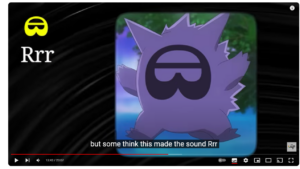
Telugu’s rightful status
In conclusion, Telugu’s musicality, rooted in its vowel endings, verb transformations, multiple registers, and vowel harmony, allows it to flow like a continuous stream of sound, akin to music. This inherent rhythm is not just functional but a core part of its identity, echoing the awe Niccolò de’ Conti felt centuries ago.
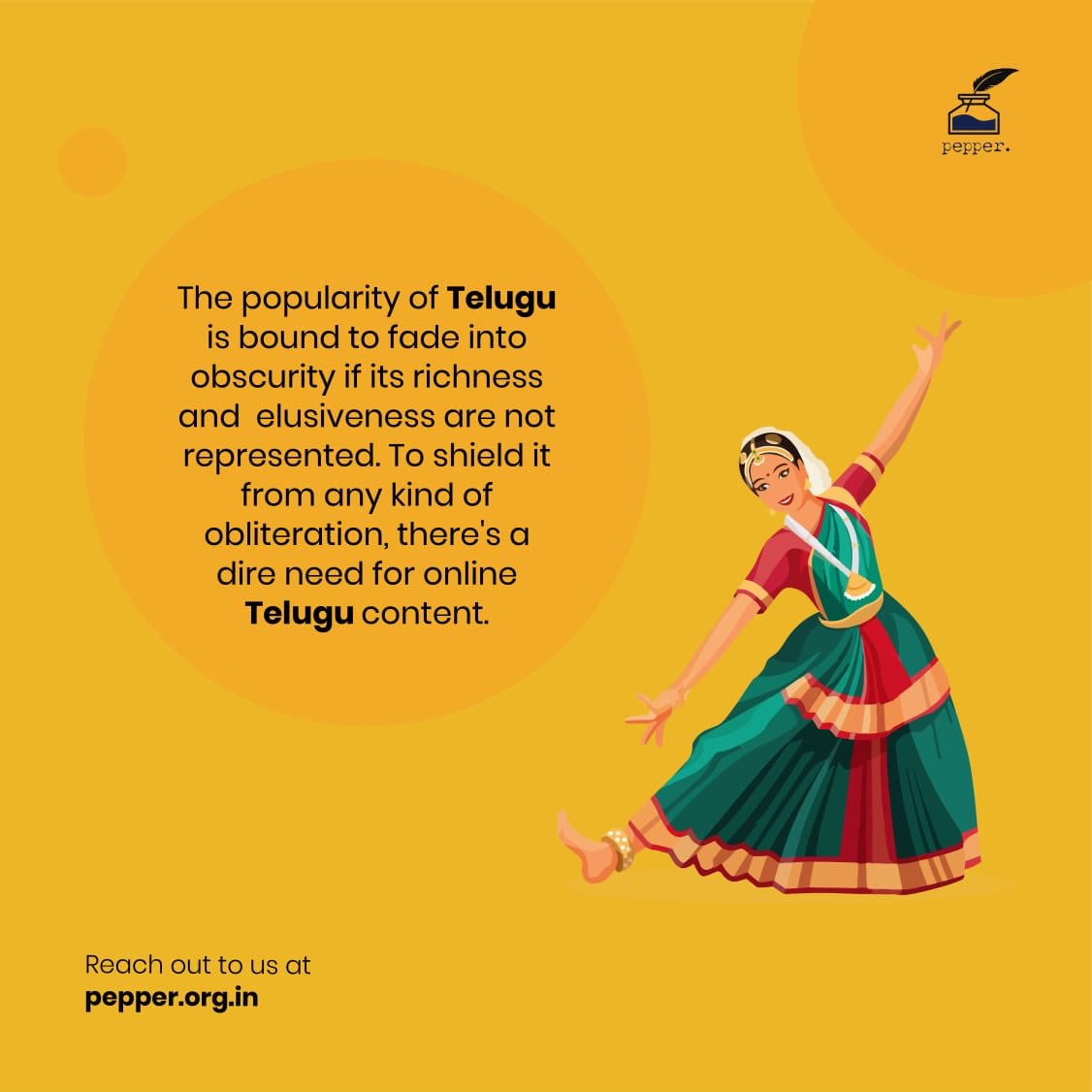
It’s telling of colonial influence that languages like French, Italian, Persian and Urdu are often deemed “poetic,” while scientifically & structurally, Indian languages like Telugu and Bengali are naturally suited for musicality and poetry. This underscores how historical power dynamics shape perceptions, often obscuring true linguistic richness.
Appendices
The video presents several fascinating graphics (which I’ve interspersed through the post) showcasing the phonetic beauty of Telugu, the 16th most widely spoken language globally. I’ve excerpted a few below and elsewhere what I found to be interesting.
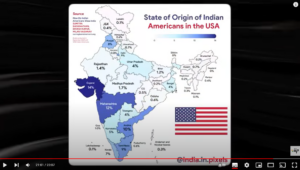
Notably, Telugu speakers in the U.S. now match the historically dominant Gujarati American population, demonstrating the increasing influence of this language within the Indian diaspora.
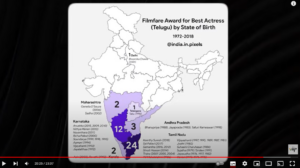
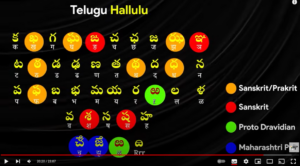







some where, the fact that telugu’s script was derived from her elder sister kannada needs to be noted!!!!
I just can’t appreciate their food
it’s apparently extremely spicy. daal, rice and chilli pepper!
also the colonization of tamil lands by telagus from vijayanagar days needs to be mentioned, causing almost total domination of telagu language in music and culture etc….
oh that’s interesting; I wasn’t aware of that.
hmm really is that the case; I always thought Tamil cinema was such a big deal.
My grandma who grew up in the Thanjavur region of Tamilnadu told me that she learned Telugu as a kid in the ’30s (though apparently she never got as fluent as her mother; FYI, they both had completely Tamil antecedents). I think Telugu was still considered a kind of prestige language there, 200-300 years after the last Telugu dynasty held sway over the region (the Nayakas, who were vassals of the Vijaynagar emperor).
a fading dominance?
no, rather enduring as in present day politics. the current ruling family is supposed to be of telagu origin….
Wow I didn’t know that; I had a vague idea about Jayalalithaa but not about Stalin.
M.K. Stalin, the current Chief Minister of Tamil Nadu, seems to have Telugu ancestry. His father, M. Karunanidhi, a former Chief Minister and leader of the Dravida Munnetra Kazhagam (DMK), belonged to the Isai Vellalar caste, which has roots in the Telugu-speaking regions.
Jayalalithaa Jayaram, widely known as Jayalalithaa, had clear Telugu ancestry. She was born to a Telugu-speaking Iyengar Brahmin family.
M.G. Ramachandran (MGR), another iconic figure in Tamil Nadu, did not have Telugu roots but rather Keralite ancestry. He’s a Keralite Nair!
I think Tamil history overlaps a ton with Kerala & Andhra but not Karnataka?
to an extent yes!!!
i) nayakas of madhurai etc…
ii) raghavendra swamiji of the now famous raghavendra swamy mutt, was from a kannada speaking family of tanjavur,
iii) the senior swamy of kanchi kamakoti peetam, ‘periyava’ was from a kannada speaking family,
iv) e v ramasamy nayakar, the ‘periyar’ was of kannada/telagu origins.
v) many swamies of vyasaraja and uttaradhi mutts are interred along kaveri and their brindavanas are a source of piligrimages today.
vi) there is a thriving kannada speaking community along kaveri.
vii) latest are film stars kokila mohan, rajanikanth, janaki mgr, nagesh, ….
viii) sangeetha hotel, woodlands hotel…
Hilarious; wow!
Erode Venkata Ramasamy was born on 17 September 1879 to a Kannada[12] Balija merchant family[13][14][15] in Erode, then a part of the Coimbatore district of the Madras Presidency.
He was Kannada Telugu Tamil all in one.
He could speak three Dravidian languages: Kannada, Telugu and Tamil
Jalalalitha was Tamil speaking iyengar who migrated from Srirangam to Mysore. Once in a Bangalore shooting, she was surrounded by Kannada chavinists and asked her to declare her mother tongue hoping it would be kannada. She said Tamil.
Yes I thought Iyengars and Iyers are Tamil thought I do remember there is a different subcaste that moved out of TN?
No. Iyengars have spread all over South India. Though fluent and making stunning contributions to the local language, somewhere there is some unforgotten umblical connection to Tamil. Partly coz Tmil sacral works of their sect is part of religious traditions.
oh yes I don’t know much about the TamBram community per se.
Liguistically, Telugu’s musicality, rooted in its vowel endings, verb transformations, multiple registers, and vowel harmony,are applicable to Tamil also. However socio-linguistically a Purism has been a dominant theme in Tamil which has stunted Tamil IMHO. While Telugu and Malayalam has accepted Sanskrit and Prakrit borrowings with open arms, Tamil is more reserved on that. Tamils don’t know many Parkrit words as of Prakrit origin, so no problem with that. Ignorance is bliss. But Sanskrit words raise the ire of Purists with little linguistic effect but more political effect. Tamil is also agglunative language , which makes it good for rap. The Dravdian political syndrome partly stands on this sociopolitical bees in the bonnet. As other south indian languages don’t suffer from this bee in the bonnet , they have politely rejected dravidian movement.
Was Tamil so linguistically conservative always or was it post-Periyar?
Of course as far as I can see Tamil is hyper-prevalent in Chennai; I don’t know if Telugu as much.
Day to day Tamil is no more conservative than other languages. However how it is cast by tamil grammarians makes it look conservative. Nothing to do with EVR aka Periyar. Last recieved Tamil grammar was written in 13th C. Ppl still refer to that though language itself has moved on. Like trying to understand modern English with a grammar book from Chaucer’s period. That gives rise to lot of diglossia.
To EVR’s credit, he thought very little of ancient Tamil or grammarians though his motivations were not linguistic, but caste. He called Tamil a Barbarian language. He thought ancient tamil books were too Brahminical, too Aryan, which they were- hence must be rejected.
yes I hear “bro” all the time in Tamil and lots of English words that have been thoroughly Tamilicised.